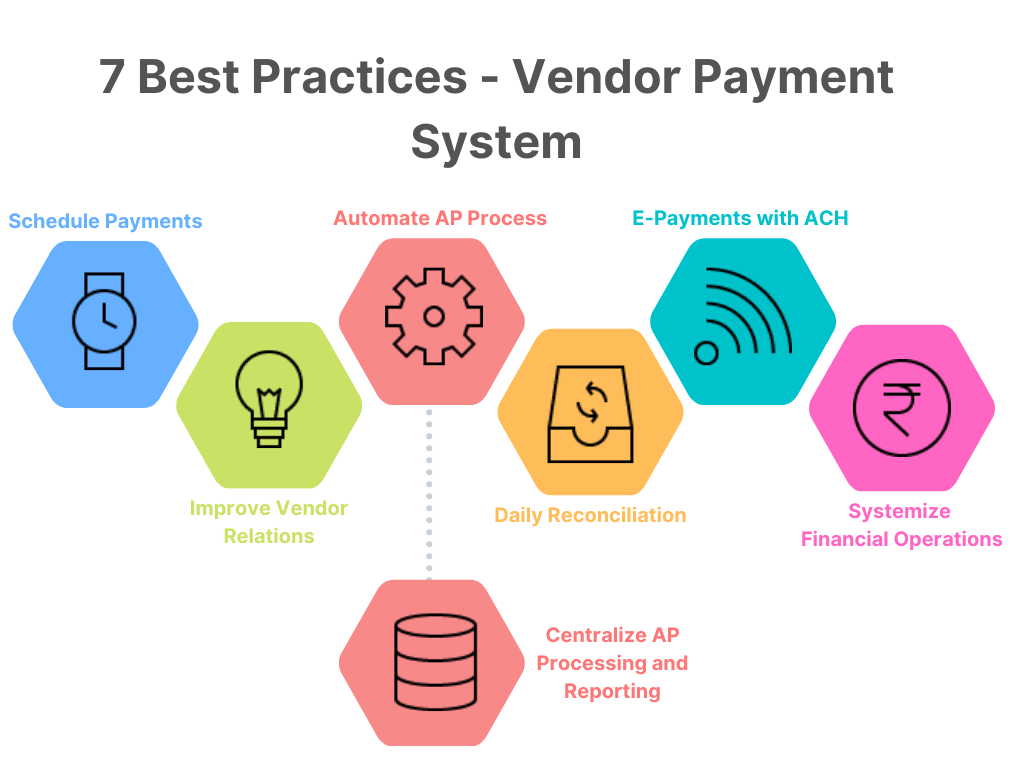Navigating the complexities of international business often involves settling payments with US vendors, a task that can be streamlined with the right strategies. Choosing the optimal payment method is crucial for ensuring timely transactions, minimizing fees, and fostering strong vendor relationships. Understanding the nuances of different payment options, from traditional wire transfers to modern digital platforms, can significantly impact your bottom line. Therefore, exploring the best ways to settle payments with US vendors is an investment in efficient financial management and long-term business success.
Understanding the Landscape of US Vendor Payments
Before diving into specific payment methods, it’s essential to understand the common challenges associated with paying US vendors. These challenges can include:
- Currency exchange rate fluctuations
- Transaction fees and bank charges
- Varying payment terms and deadlines
- Compliance with international regulations
By acknowledging these challenges, you can proactively choose payment solutions that mitigate potential issues and promote seamless transactions.
Top Payment Methods for US Vendors
Several payment methods are available for settling invoices with US vendors. Each method has its own advantages and disadvantages, making it important to select the option that best aligns with your specific needs.
Wire Transfers
Wire transfers are a traditional method for sending money internationally. They are generally reliable but can be more expensive than other options due to bank fees and exchange rate markups. However, they offer a secure way to transfer large sums of money.
ACH Transfers
Automated Clearing House (ACH) transfers are electronic payments made directly from one bank account to another. They are a popular choice for domestic payments in the US and can be a cost-effective option for international transactions if your bank offers this service.
Credit and Debit Cards
Paying with credit or debit cards offers convenience and can be beneficial for smaller transactions. However, be mindful of potential transaction fees and exchange rate markups charged by the card issuer. Many US vendors readily accept major credit cards like Visa and Mastercard.
Online Payment Platforms (PayPal, Wise, Payoneer)
Online payment platforms like PayPal, Wise (formerly TransferWise), and Payoneer offer a streamlined and often more affordable way to send money internationally. These platforms typically provide competitive exchange rates and lower transaction fees compared to traditional banks. They also offer added convenience and features like invoice management and payment tracking. Choosing the right platform for your needs is crucial for optimizing your payment process.
Comparison Table: Payment Methods
| Payment Method | Advantages | Disadvantages | Best For |
|---|---|---|---|
| Wire Transfer | Secure, reliable for large sums | High fees, unfavorable exchange rates | Large transactions, security is paramount |
| ACH Transfer | Cost-effective (if available), direct bank-to-bank | Limited availability for international transfers | Domestic payments, large volumes |
| Credit/Debit Card | Convenient, widely accepted | Potentially high fees, unfavorable exchange rates | Small transactions, quick payments |
| Online Payment Platforms | Competitive rates, lower fees, added features | May have transaction limits, platform fees | Most transactions, convenience and cost-effectiveness |
Optimizing Your Payment Strategy
To ensure a smooth and cost-effective payment process, consider the following tips:
- Negotiate payment terms with your vendors to align with your cash flow.
- Compare exchange rates and fees from different payment providers.
- Utilize currency hedging strategies to mitigate exchange rate risks.
- Consolidate payments to minimize transaction fees.
By implementing these strategies, you can significantly reduce the costs associated with settling payments with US vendors and improve your overall financial efficiency.





